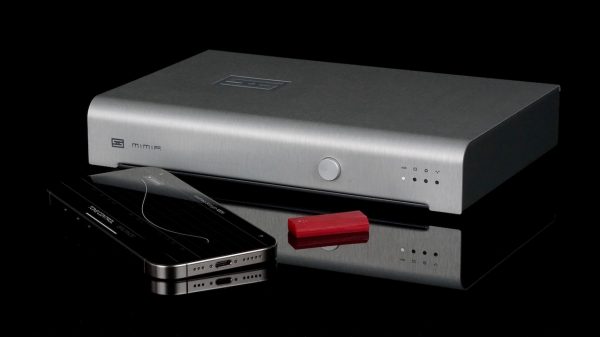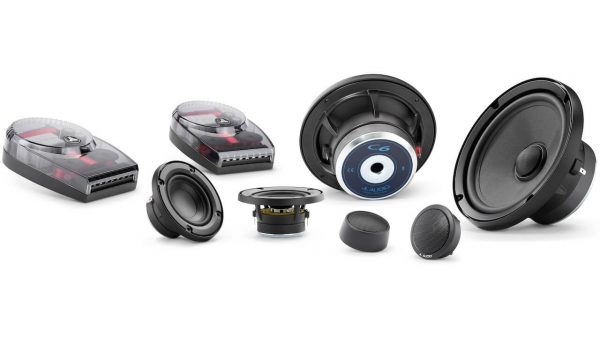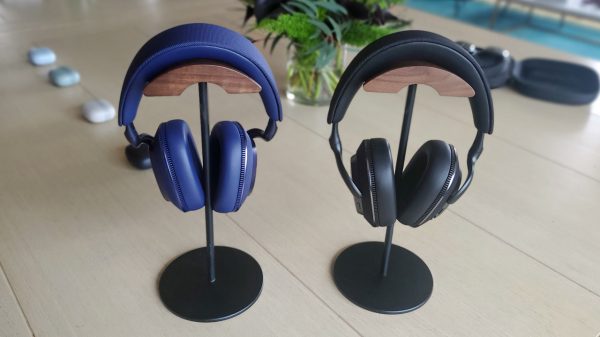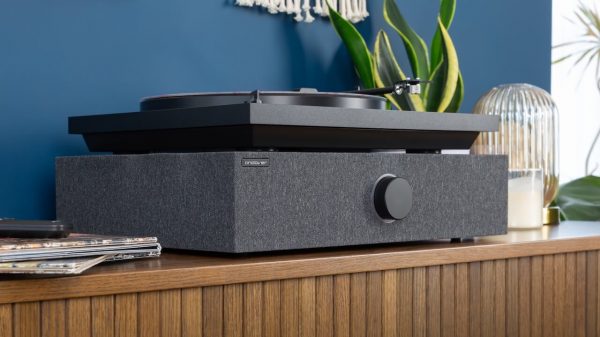The worldwide mobile phone market experienced an expected sequential downturn in shipments following a busy holiday quarter. According to IDC’s Worldwide Quarterly Mobile Phone Tracker, vendors shipped a total of 291.6 million units during the first quarter of 2008 (1Q08), down 11.6% from the 330.8 million units shipped during the previous quarter (4Q07) and up 14.3% from the 255.0 million units shipped during 1Q07. While the first quarter results are in line with IDC’s 2008 forecast, concerns over the economy may negatively impact handset purchases as the year progresses.
“The mobile phone market will be under increased pressure from a number of factors that compete for users’ attention and wallets,” said Ramon T. Llamas, senior research analyst with IDC’s Mobile Device Technology and Trends team. “Disposable income is being eroded by rising food and fuel prices and worries about global financial markets and slow economic growth are creating a cautious outlook for the months ahead. Against this backdrop, many emerging markets continue to offer tremendous growth potential and IDC expects highly competitive pricing and innovative service plans will keep the overall market on track for the year.”
Demand for handsets in the low cost segment will remain present in certain emerging markets throughout 2008, driving worldwide shipment growth. In contrast, more mature regions are increasingly characterized by highly competitive markets for replacement handsets and somewhat slower shipment growth.
“As predicted, most mobile phone vendors experienced a lull in the first quarter of 2008 with the exception of LG,” said Ryan Reith, senior research analyst for IDC’s Worldwide Mobile Phone Tracker. “Continued growth in the low cost segment will mean average selling prices (ASPs) will be generally lower than in the past, but this will be balanced somewhat by further expansion in the converged mobile device or smartphone segment, especially in mature markets.”
Top Five Vendors
Nokia once again outperformed its competitors, with total shipment volumes greater than those of the next three vendors’ combined. Keeping volumes at a high level were its entry level devices going into emerging markets, including its successful 1100 and 1200 series devices, while more fully featured devices like its 5310, 5610, and 6500 series and Nseries devices generated the most revenue and profit for Nokia. With a strong presence in emerging markets, Nokia is poised to capitalize on replacement handset opportunities in these markets.
Samsung gained further clarity as the No. 2 vendor worldwide, building its largest margin yet against Motorola. Although shipments remained even from the holiday quarter, Samsung improved its presence within key emerging markets, balancing out against soft demand in Europe and North America. In the process its decreased marketing expenses, allowing for double-digit profitability. Samsung remains confident that it will reach its goal of 200 million units shipped this year, and look to more full featured devices to be released in the months to come.
Motorola had a disappointing quarter, falling further behind Samsung and reaching shipment levels not seen since the second half of 2004. Gaps in its product portfolio left the company vulnerable, especially in the areas of music, touch, and messaging where other vendors have flourished with their own products. Further compounding its problems was another quarter of operating loss and lower operating margin. While the results speak to its ongoing difficulties, Motorola has been building a framework to turn its fortunes around with plans to separate the mobile devices business unit from the company and streamline its silicon and software platforms to bring new devices to the market later this year.
LG Electronics capitalized on Sony Ericsson’s challenges to re-take the No. 4 position for the first time since the beginning of 2006. Thanks to the continued demand of its flagship feature phones, including the Viewty, Voyager, and Venus, LG bucked the trend of seasonal decrease in shipments. In addition, LG returned to double-digit profitability. Looking ahead, LG plans to grow its presence within emerging markets and ship more high-end devices next quarter.
Sony Ericsson started off the year citing several challenges affecting its shipment volumes: diminished demand for its mid-range and high-end devices, channel inventory buildup, component shortages, and greater interest in low-price handsets in Asia/Pacific, an area where the company has not had a strong presence. Despite this dour news, the company hopes that its renewed focus on the North American market with the W350, W760, Z555, and XPeria along with several Cybershot, Walkman, and Web-ready devices around the globe will yield positive results later in the year. -0-
Top Five Mobile Phone Vendors, Q1 2008 Results (Units in millions)
| Vendor | 1Q08 | 1Q08 Market | 1Q07 | 1Q07 Market | 1Q08/1Q07 |
| Shipments | Share | Shipments | Share | Growth | |
| Nokia | 115.5 | 39.6% | 91.1 | 35.7% | 26.8% |
| Samsung | 46.3 | 15.9% | 34.8 | 13.6% | 33.0% |
| Motorola | 27.4 | 9.4% | 45.4 | 17.8% | -39.7% |
| LG Electronics | 24.4 | 8.4% | 15.8 | 6.2% | 54.4% |
| Sony Ericsson | 22.3 | 7.6% | 21.8 | 8.5% | 2.3% |
| Others | 55.7 | 19.1% | 46.1 | 18.1% | 20.8% |
| Total | 291.6 | 100.0% | 255.0 | 100.0% | 14.3% |
Note: Vendor shipments are branded shipments and exclude OEM sales for all vendors.
Mobile Phones – These small, battery-powered, voice-centric devices utilize operator-provided cellular/PCS air interfaces for voice communication. They are designed primarily, in both form factor and feature set, for a compelling mobile telephony experience, but may also include text-messaging capability. Mobile phones may include a headset jack for hands-free operation as well as a variety of features, such as personal information management, multimedia, games, or office applications. Mobile phones exist at all points along the form factor, price point, and feature set continua. Mobile phones that combine voice communications capabilities with pen or keypad handheld data features are tracked within the Converged Devices category.
For more information about IDC’s Worldwide Quarterly Mobile Phone Tracker, please contact Kathy Nagamine at 650-350-6423 or knagamine@idc.com.
About IDC
IDC is the premier global provider of market intelligence, advisory services, and events for the information technology, telecommunications, and consumer technology markets. IDC helps IT professionals, business executives, and the investment community make fact-based decisions on technology purchases and business strategy. More than 900 IDC analysts provide global, regional, and local expertise on technology and industry opportunities and trends in over 90 countries worldwide. For more than 43 years, IDC has provided strategic insights to help our clients achieve their key business objectives. IDC is a subsidiary of IDG, the world’s leading technology media, research, and events company. You can learn more about IDC by visiting http://www.idc.com.
All product and company names may be trademarks or registered trademarks of their respective holders.























